Regulatory Frameworks
The evolving regulatory landscape surrounding construction materials is influencing the Steel Merchant and Rebar Market. Stricter regulations regarding safety and environmental standards are prompting manufacturers to adapt their practices. In 2025, compliance with these regulations is expected to drive innovation in product development, as companies seek to meet new requirements. This shift may lead to the introduction of eco-friendly steel products, which could capture a growing segment of environmentally conscious consumers. As such, the Steel Merchant and Rebar Market must navigate these regulatory changes while capitalizing on opportunities for sustainable growth.
Technological Innovations
Technological advancements in steel production and processing are transforming the Steel Merchant and Rebar Market. Innovations such as automated manufacturing processes and advanced quality control systems are enhancing efficiency and product quality. In 2025, it is estimated that companies adopting these technologies could reduce production costs by up to 15%, thereby increasing their competitiveness. Furthermore, the integration of digital tools for inventory management and supply chain optimization is streamlining operations. As a result, the Steel Merchant and Rebar Market is witnessing a shift towards more sustainable and efficient practices, which may attract new players and investment.
Infrastructure Development
The ongoing expansion of infrastructure projects appears to be a primary driver for the Steel Merchant and Rebar Market. Governments and private sectors are investing heavily in roads, bridges, and buildings, which necessitates a substantial amount of steel and rebar. For instance, in 2025, the construction sector is projected to grow by approximately 5%, leading to increased demand for steel products. This trend is likely to continue as urbanization accelerates, particularly in emerging markets where infrastructure is still developing. The Steel Merchant and Rebar Market is poised to benefit from these investments, as they require reliable suppliers to meet the growing needs of construction projects.
Economic Growth and Investment
Economic growth in various regions is a significant driver for the Steel Merchant and Rebar Market. As economies expand, there is typically an increase in construction and infrastructure investment, which directly correlates with the demand for steel and rebar. In 2025, it is projected that global steel consumption will rise by approximately 3%, driven by increased industrial activity and urban development. This economic momentum is likely to create a favorable environment for steel merchants and rebar suppliers, as they seek to meet the rising demand. Consequently, the Steel Merchant and Rebar Market stands to benefit from this upward trend in economic activity.
Rising Construction Activities
The resurgence of construction activities across various sectors is driving the Steel Merchant and Rebar Market. With residential, commercial, and industrial construction on the rise, the demand for rebar and steel is expected to increase significantly. In 2025, the construction industry is anticipated to require an additional 10 million tons of rebar, reflecting a robust growth trajectory. This surge is attributed to both new projects and renovations of existing structures, which often necessitate the use of high-quality steel products. Consequently, the Steel Merchant and Rebar Market is likely to experience heightened competition among suppliers to fulfill these burgeoning requirements.


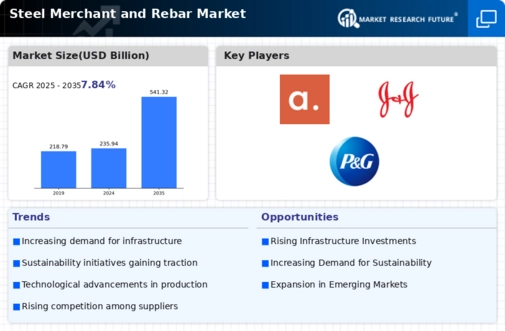
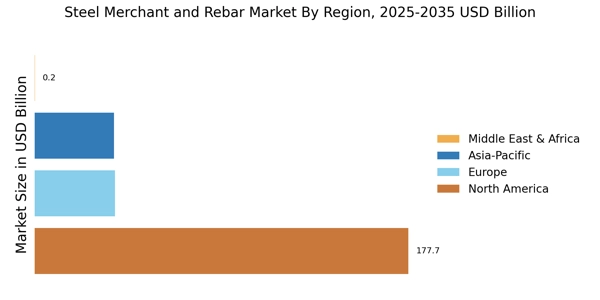

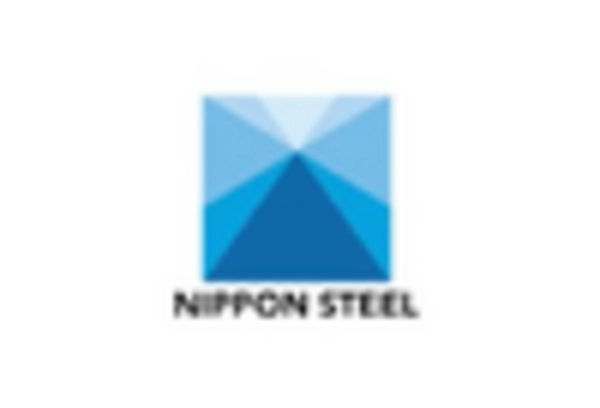
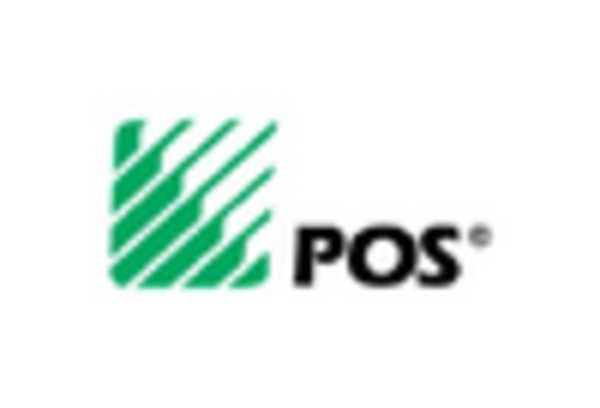
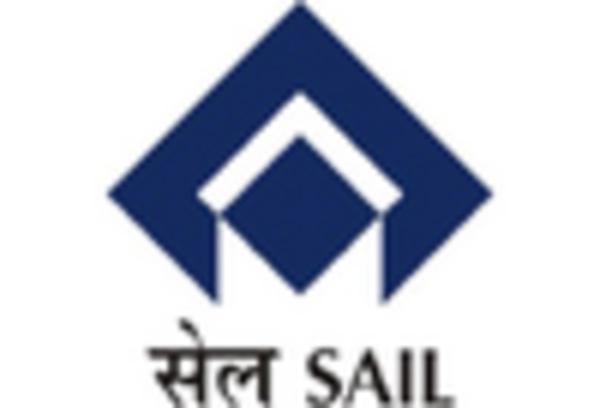
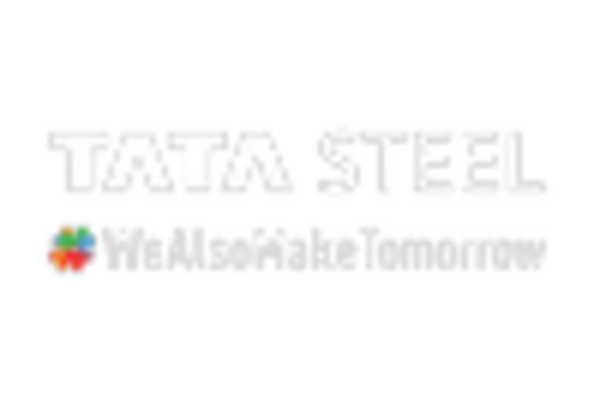
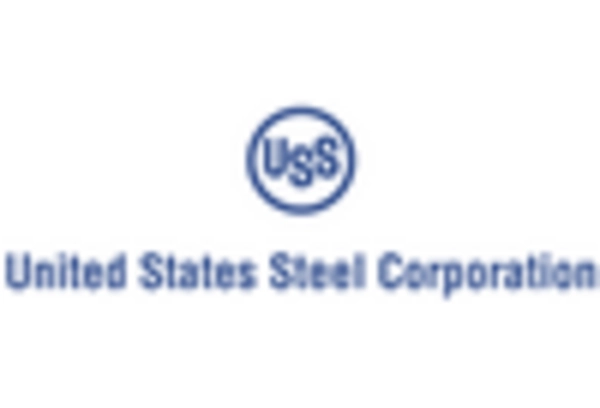








Leave a Comment